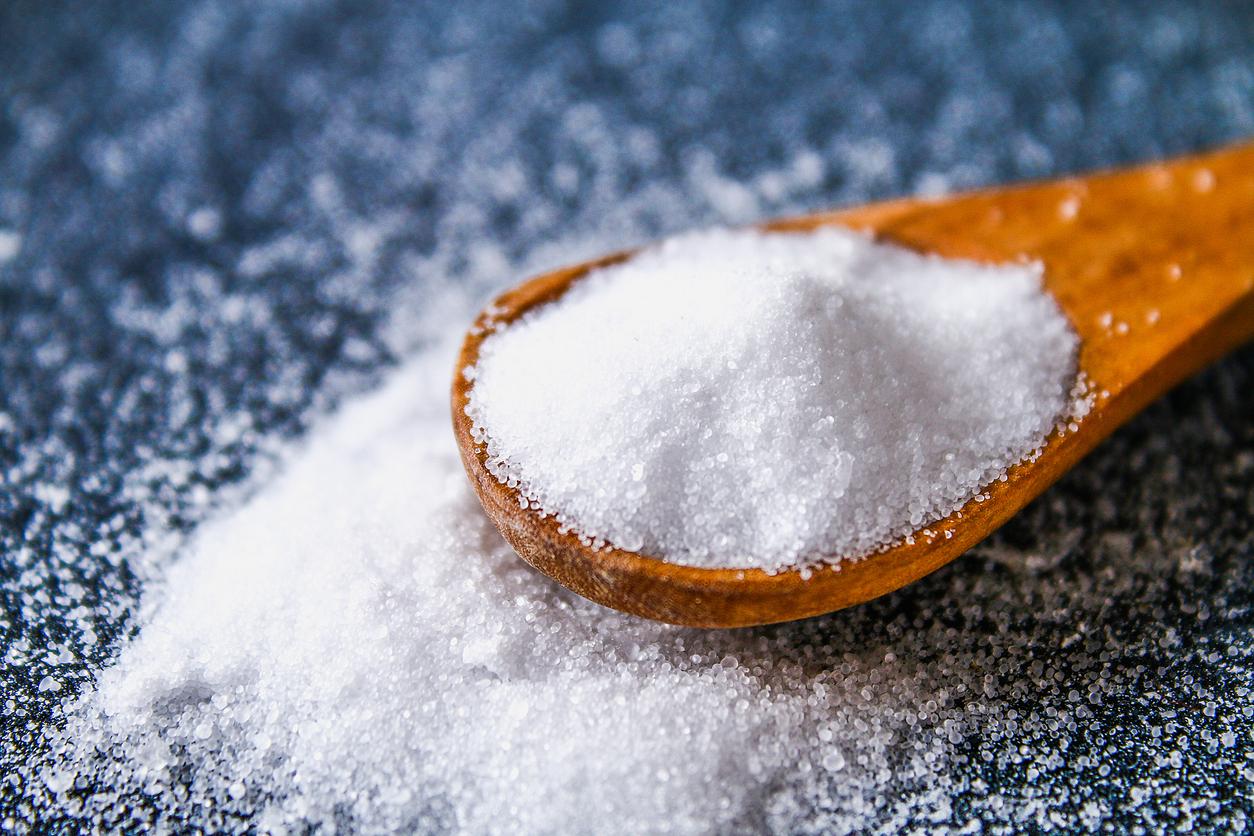
OTTAWA, October 29, 2010 – To reduce the amount of salt in processed foods, 200 specialists gathered at the Center for Science in the Public Interest (CSPI) symposium1 urged the Canadian government to act.
Canadians consume too much salt. They ingest more than a spoon and a half of salt each day, more than double the limit beyond which the sodium contained in this seasoning is harmful to health. Reducing sodium intake would decrease hypertension and heart disease – and death.
This is because even by completely abandoning the salt shaker, Canadians would be a long way off: 77% of the sodium they ingest is “hidden” in the processed foods they eat.
Table salt only accounts for 6% of the sodium they swallow, while salt added during cooking is only 5%.
|
Canadians have a bad tooth, despite themselves |
||
|
Current consumption |
Maximum health threshold |
Recommended intake |
|
3,400 mg sodium / day |
2300 mg sodium / day |
1500 mg sodium / day |
Salt: “a toxin that kills slowly”
“Salt is a slowly killing toxin and the government must not let industry kill people: there is no excuse for political inertia,” said Dr.r Graham McGregor, who chairs World Action on Salt and Health (WASH).

Dr Graham McGregor
According to the Dr McGregor, a 6g decrease in daily salt intake in the population results in an overall decrease in blood pressure, which translates into a 24% decrease in strokes (strokes) and an 18% decrease in heart disease.
According to him, Canada must follow the example of Great Britain, where the government has pressured the industry to reduce the amount of sodium used in processed food products.
“From 2006 to 2008, daily consumption increased from 9.5 g of salt to 8.6 g; which made it possible to prevent 6,000 deaths from infarction or stroke, ”says Dr.r McGregor.
“In addition, salt consumption causes thirst and there is a direct link between salt and the consumption of sugary drinks, which increases weight gain and helps raise blood pressure even more,” added Dr.r McGregor.
“Ambitious” recommendations

Dr Hasan hutchison
In October 2007, Health Canada created the Sodium Working Group to make recommendations aimed at reducing sodium intake among Canadians.
He submitted his report at the end of July 2010 to the Canadian Minister of Health, Leona Aglukkaq.
According to the task force’s chair, Dr Hasan Hutchison, the report’s recommendations are ambitious. “We are aiming for an annual reduction of 5% in sodium consumption, until 2016, to reach an average consumption of 2,300 mg”, ie the limit threshold.
However, the report does not propose to oblige the agri-food industry to reduce the use of sodium in the manufacture of processed foods. It relies on a voluntary approach, which some consider insufficient.
According to Dr Hutchison, this approach is the best since it is “structured and gives flexibility to make changes along the way, since there will be a monitoring mechanism to analyze progress,” he says. he. And the threat of legislation, if the results are not there, is still present ”.
According to Hasan Hutchison, applying the report would also result in direct annual savings of $ 500 million for the health care system, and up to $ 3 billion including indirect costs.
Political will at the rendezvous?

Dr Andrew Pipe
But some doubt the political will of the Canadian government to endorse the report.
This is the case with Dr Andrew Pipe, from the Ottawa Heart Institute2, who was a speaker at the CSPI conference.
“If I told my institute that I have the means to reduce the number of cases of stroke by 25% in a single year, I would be told to apply it and quickly,” he said.
“But in Canada, we talk a lot about health without taking action,” he concluded. The scientific data are there, but the government opts for the policy of inertia: it is indifferent when the time comes to apply the most basic public health strategies. “
|
Colloquium of the Center for Science in the Public Interest Read also Does displaying calories in restaurants encourage eating less? |
Martin LaSalle – PasseportSanté.net
1. For more information on the Canadian section of CSPI: www.cspinet.ca [consulté le 28 octobre 2010].
2. Dr. Andrew Pipe is also in charge of the campaign called “Give your head a shake”, aimed at educating the population of the Champlain region, in Ontario, on the importance of reducing their sodium intake. For more information: www.giveyourheadashake.ca [consulté le 28 octobre 2010].















